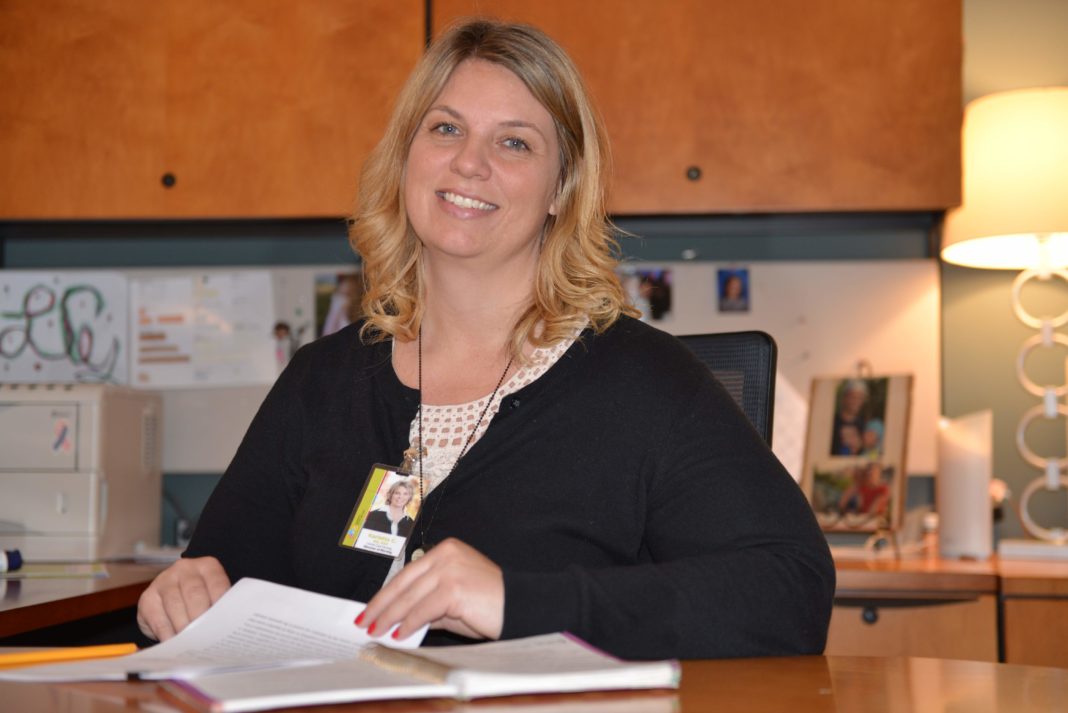The care model at Pediatric Home Service has undergone a dramatic transformation, driven largely by “pretty extensive nursing shortages,” according to Karletta Crawford, Director of Nursing. “It’s not just home care–it’s nursing in general. The elderly are getting older. There are more retiring Baby Boomers than new nurses. Babies are being sustained at a lower gestational age. We’ve had to look at how we do things. Where are we going to use our precious resources?”
The major change from the nursing shortage, Crawford said, is that home care by nurses won’t be provided to lower acuity patients on a permanent basis. “It’s more of a transitional model–you might come home with quite a bit of support, then your child stabilizes and you learn more. Some families can transition to themselves providing care. There will be those children who do still need a paraprofessional–a certified nurse’s aid, a patient care assistant (PCA) or a community member who wants to be trained. You might need support forever, but not at the level of the past,” Crawford said. Pediatric Home Service offers home care nursing, registered dieticians, infusion nurses, pharmacists and respiratory staff, but no PCAs or other paraprofessionals.
The new model has required assessments, interventions and education for existing patients. “We’ve taken it in steps,” Crawford said. “Because the patient experience is different, there’s not a set number of days or months that they’re going to have a certain amount of nursing.” Factors considered include hospitalizations or setbacks in the patient’s situation. “Black and white guidelines would be nice,” Crawford said, but patient wellbeing comes first.
Some existing patients have “taken this very hard,” Crawford said. “It is a major change. We have been the ones that have been there and for the most part guarantee that we will be there. They’ve grown up with that philosophy.”
Crawford expects that new patients will find it easier to adapt to the “new normal” of nursing shortages in home care. “The ones coming home are just to happy to be home. When we give them that expectation upfront, they go into it with a different mindset. We think of it as glass half full for medical dollars. If we’re able to empower families, we’re saving on medical dollars, too. We have to have a safe care plan and positive outcome.”











